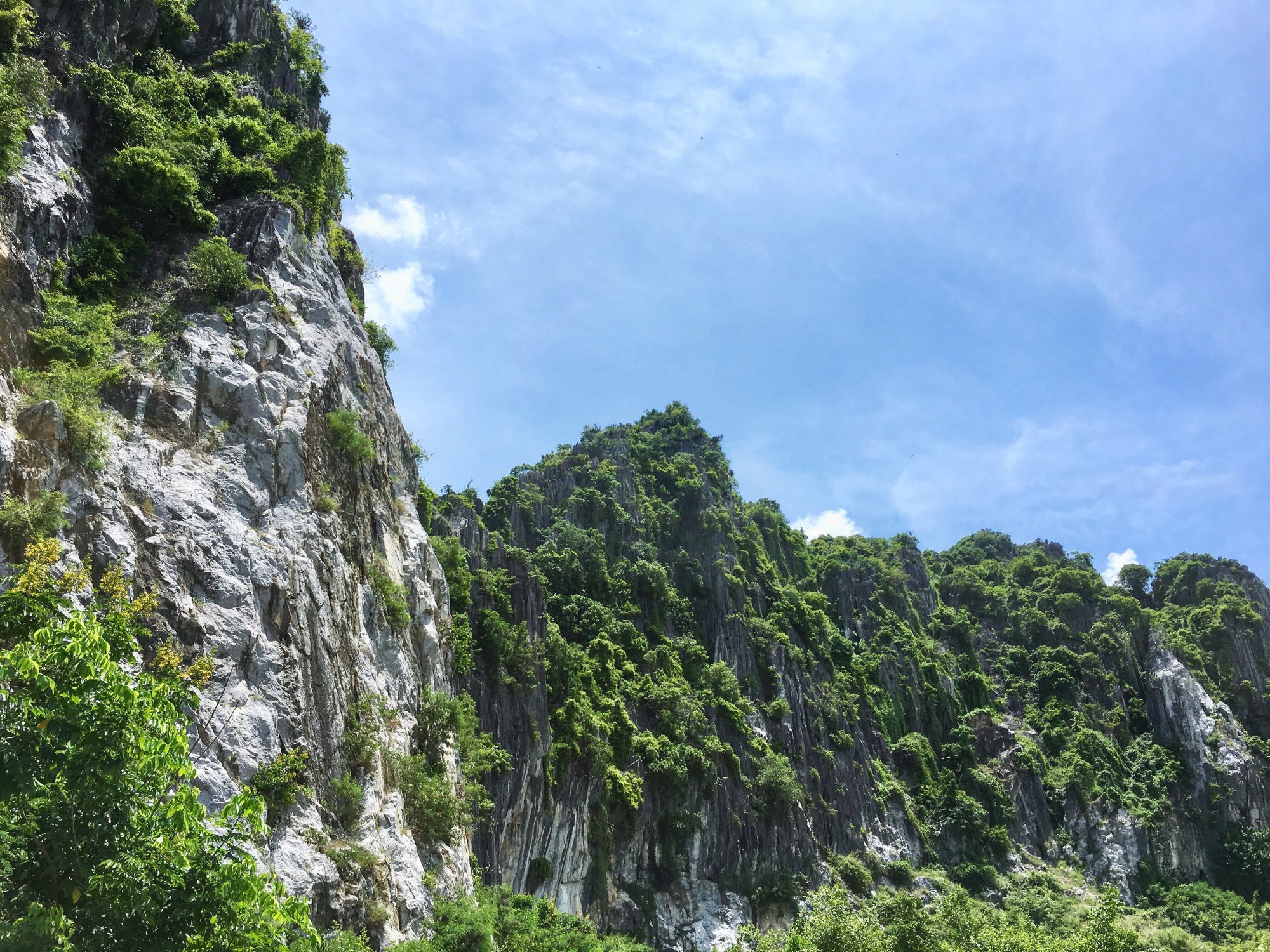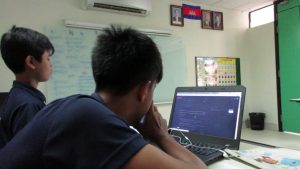
In the first round of math this year, we didn’t focus on anything specific since it was the beginning of the year and also because we had a new math teacher. Most of the round was spent learning fractions. The other part was spent reviewing. In the first few weeks, we reviewed a bit on last year’s math, did a little bit of pre-algebra and we made posters that said “Make the most of your learning” to remind students to do so in class. Then we turned to fractions. We had a short review of fractions and then dove deeper into it. It wasn’t that different from last year’s fractions, except that we learned new complex and useful concepts which included multiplying fractions. Other than just learning about fractions, we did many activities in class related to it. Most of the time at the beginning of every class, we would get grouped to do exercises in the workbook together. When we finished, we would either play fun games or work on this free-learning website called Khan academy. This round was like an introduction to what we will be doing in math this year and I had lots of fun in reviewing and catching up on all the things we did in math last year as well as learning new concepts related to fractions. There are many new lessons yet to come in the following rounds and I look forward to them.


